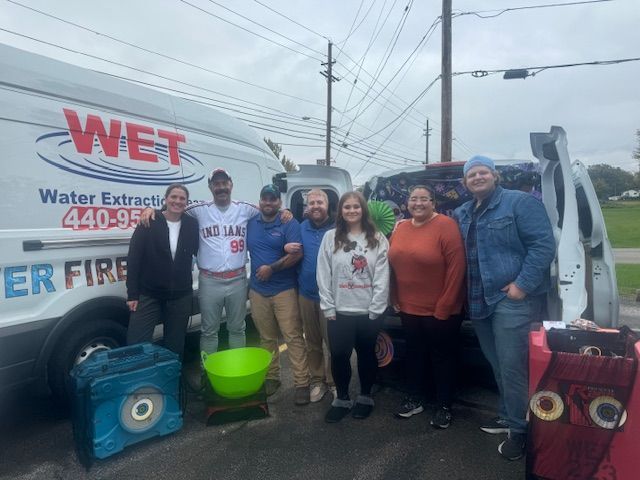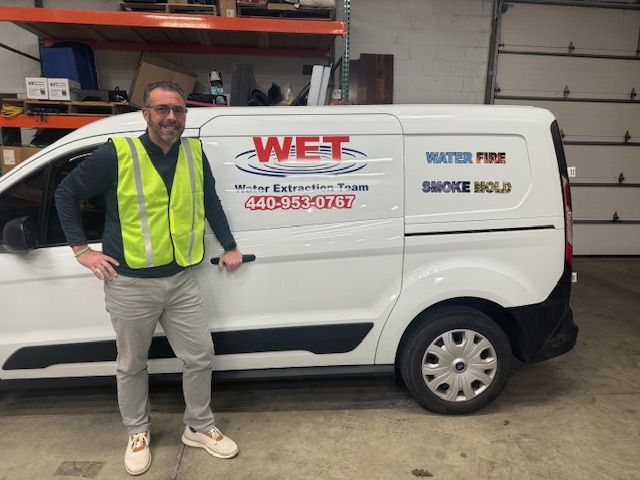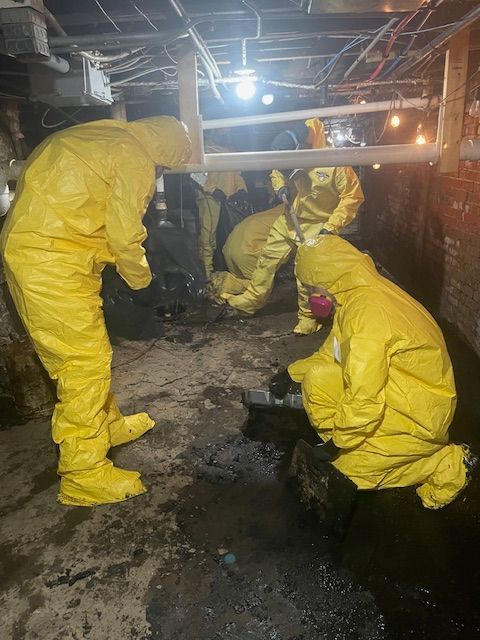24/7 Water Damage, Fire Damage, & Mold Damage Restoration Services in Cleveland
#1 Cleveland Water Damage, Fire Damage, & Mold Damage Restoration Company
24/7 Emergency Restoration Response
When disaster strikes, count on our experienced team for fast, reliable water damage restoration, fire damage repair, and mold remediation services. Proudly serving the greater Cleveland area, we provide 24/7 emergency response to safeguard your home or business. As a family-owned, BBB-accredited business, we deliver exceptional care and customized solutions to restore your property efficiently. From water extraction to complete restoration, trust Water Extraction Team for unparalleled quality and peace of mind. Contact us today for a free estimate and prompt service!
For all your restoration and clean-up needs in Cleveland and surrounding areas, contact us today at (440) 953-0767 or fill out the form on our contact page.

Schedule An Appointment
For immediate 24/7 service, call us at (440) 953-0767. To receive a callback, fill out the form below.
Contact Us
OUR SERVICES
Water Extraction Team is a full service restoration company servicing the greater Cleveland area. Below are just some of the services we routinely perform for our clients!
why choose us
Quality That Stands Out
We are one of the top restoration companies in the greater Cleveland Area, backed by a 100% satisfaction guarantee.
Experience You Can Rely On
We are IICRC-certified & Better Business Bureau accredited. With Water Extraction Team, you can be sure that you are dealing with the best!
24/7 Service Response
We are available 24/7/365 for all emergency related restoration services. When you call us, you will get a live representative who will immediately dispatch a crew to your property.
what our clients
say about us
Service area
We service the greater Cleveland Metro area. Below are just some of the cities we commonly do business in!





